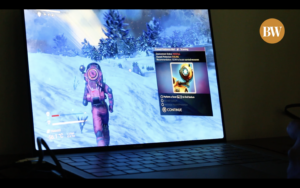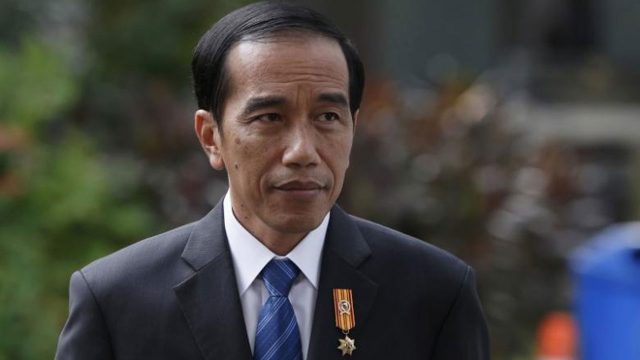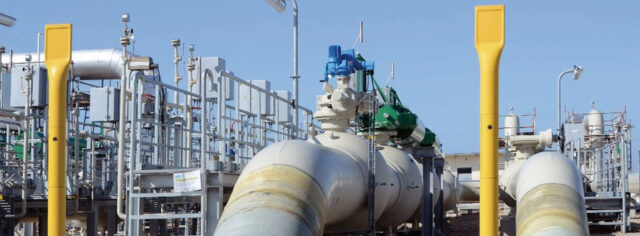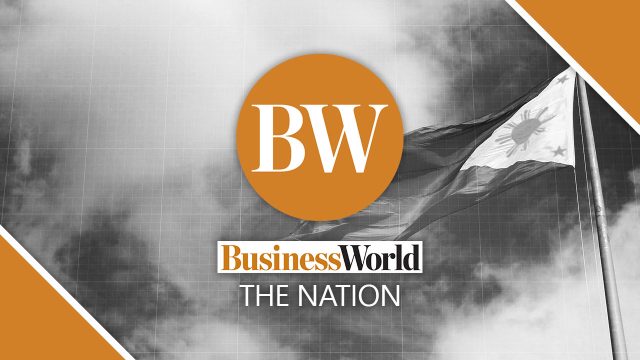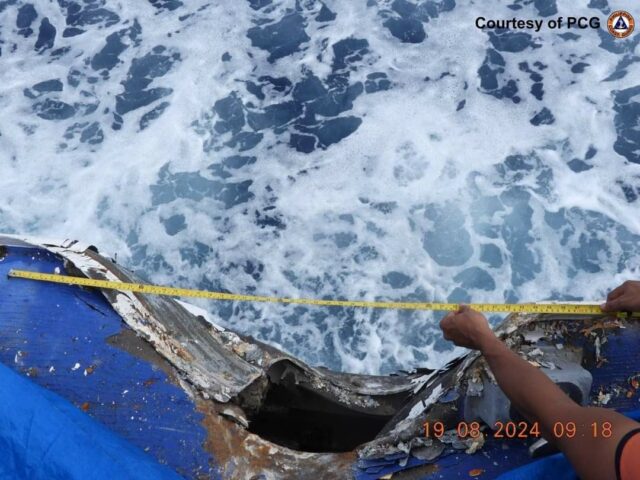By Luisa Maria Jacinta C. Jocson, Reporter
THE BANGKO SENTRAL ng Pilipinas’ (BSP) rate-cutting cycle is expected to continue into early 2025, with the terminal rate seen as low as 4.5-5%, analysts said.
“This is not likely to be a one-and-done rate cut,” ING Bank N.V. Research Head and Chief Economist for Asia and the Pacific Robert Carnell said in a report.
“We see inflation stabilizing around the 3.5% level in 2025, so allowing for some positive real (inflation-adjusted) policy rate, a terminal rate for BSP policy rates could be around 4.5%-5%, a further 125-175 bps (basis points) lower than today,” he said.
HSBC said it expects the BSP to deliver another 25-bp cut this year and 100 bps in reductions in 2025 to bring the policy rate to 5%.
HSBC economist for ASEAN (Association of Southeast Asian Nations) Aris D. Dacanay said that the BSP’s easing cycle will likely be gradual.
“We think the BSP can afford to gradually cut policy rates since nothing terrible is happening in growth. In fact, the labor market remains very strong with employment exceeding what the demographic trend would suggest,” he said in a report.
The Monetary Board last Thursday delivered a 25-bp rate cut, bringing the benchmark rate to 6.25% from the over 17-year high of 6.5%.
This was the first time the BSP reduced rates since November 2020.
BSP Governor Eli M. Remolona, Jr. said that the central bank will support a “calibrated shift to a less restrictive monetary policy stance” as it sees that risks to the inflation outlook continue to lean on the downside for this year and 2025.
Mr. Remolona said there is room for another rate cut in the fourth quarter, possibly by 25 bps. The Monetary Board’s last two policy-setting meetings for the year are on Oct. 17 and Dec. 19.
ANZ Research likewise expects a 25-bp cut in the fourth quarter due to “weak private consumption and an improving inflation outlook,” with the rate-cutting cycle to continue into early 2025.
Mr. Carnell said that the BSP’s continued easing cycle is due to expectations of an inflation downtrend.
“Philippine inflation is likely to slow substantially in the months ahead as rice prices at worst stay elevated but fail to deliver a further boost to inflation as last year’s price increases drop out of the year-on-year comparison,” Mr. Carnell added.
Inflation accelerated to a nine-month high of 4.4% in July. The BSP expects inflation to return to target in August onwards.
The central bank sees inflation averaging 3.4% this year and 3.1% in 2025.
“We could see BSP tracking the Fed one-for-one in the coming months as the Fed finally begins its own easing cycle — depending on how the (peso) behaves. And further easing looks probable in 2025,” Mr. Carnell said.
Financial markets are betting on a 74.5% likelihood that the Fed will cut its key policy rate by 25 bps as it ends its September policy meeting, with a diminishing 25.5% chance of a super-sized 50-bp cut, CME’s FedWatch tool showed, Reuters reported.
“This is about the first regular rate cut of any Asia-Pacific central bank, and coming ahead of anticipated Federal Reserve easing makes the move all the more gutsy,” Mr. Carnell added.
Mr. Dacanay said that monetary policy will now be more data dependent.
“Each incremental rate cut will depend on what direction inflation goes relative to expectations (upside or downside),” he added.
IMPACT ON PESO
The BSP’s easing cycle is also unlikely to significantly impact the local currency, analysts said.
“The peso is still one of the top-performing Asian currencies month-to-date. With the Fed set to cut in September and the (US dollar index) softening, the BSP rate cut is unlikely to cause major renewed weakness,” ANZ Research said.
The local unit closed at P57.245 per dollar on Friday, weakening by 34.5 centavos from its P56.90 finish on Thursday. The peso has been slowly recovering since it fell to the P58-per-dollar level in May.
“The immediate market response has been for the Philippine peso to weaken only slightly, suggesting that this is not seen as an extravagant move,” Mr. Carnell said.
Meanwhile, Enrico P. Villanueva, a senior lecturer at the University of the Philippines Los Baños Economics Department, said that the rate cut “should have been sooner with both actual inflation and forecast numbers are already within target.”
“As a result of continued high rates, consumption and investment have been tepid. The second-quarter rise in investment was largely a result of government spending on infrastructure spilling onto allied private construction industry,” he said via Messenger.
Household consumption, which accounts for about three-fourths of the economy, slowed to 4.6% in the second quarter from 5.5% a year ago.
“Nonetheless, the change in policy stance and actual rate cut are still a welcome development. They signaled policy direction of the government and reduced the uncertainty over when monetary easing will actually begin,” Mr. Villanueva added.
RRR CUT
Meanwhile, analysts expect that the BSP can soon begin reducing banks’ reserve requirement ratio (RRR).
“The BSP can hopefully start cutting the 9.5% RRR sometime later this year and hopefully a good part of 2025,” Bank of the Philippine Islands (BPI) Lead Economist Emilio S. Neri, Jr. said in a Viber message.
“The Monetary Board has the room to alternate the RRP and RRR cuts as long as liquidity and monetary conditions remain supportive of their price stability mandate,” he added.
BSP Governor Eli M. Remolona, Jr. last week said that the RRR should be reduced “substantially” as it is currently at a “ridiculous” level. Mr. Remolona earlier said that it can be reduced to as low as 5%.
Bringing down the reserve requirement must be timed correctly and implemented during a period in which the central bank is already easing, he earlier said.
The current level “distorts” financial intermediation and drives a wedge between lending and deposit rates, he added.
The RRR is the percentage of bank deposits and deposit substitute liabilities that banks cannot lend out and must set aside in deposits with the BSP.
The BSP reduced the ratio for big banks and nonbank financial institutions with quasi-banking functions by 250 bps to 9.5% in June 2023.
The central bank has brought down the RRR for universal and commercial banks to a single-digit level from a high of 20% in 2018.
“Every 1% cut in RRR is estimated to release about P150 billion worth of banking liquidity, or equivalent to 18% of net RPGB (Republic of the Philippines Government Bonds) supply in the financial year, though much of it would likely be absorbed into the BSP’s monetary operation tools,” ANZ Research said.
Security Bank Corp. Chief Economist Robert Dan J. Roces said that lowering the RRR would “inject more liquidity into the banking system, technically leading to increased lending, lower borrowing costs, and stronger economic growth.”
“The BSP will weigh the pros and cons, and as the governor has said, the optimal timing and magnitude of an RRR reduction will depend on factors such as inflation, economic growth, and financial system stability,” he said in a Viber message.
On the other hand, Mr. Dacanay said that the current 6.25% policy level is still restrictive.
“We think the discussion of reducing the RRR will come to the fore when the policy rate is normalized to a more neutral level,” he added.


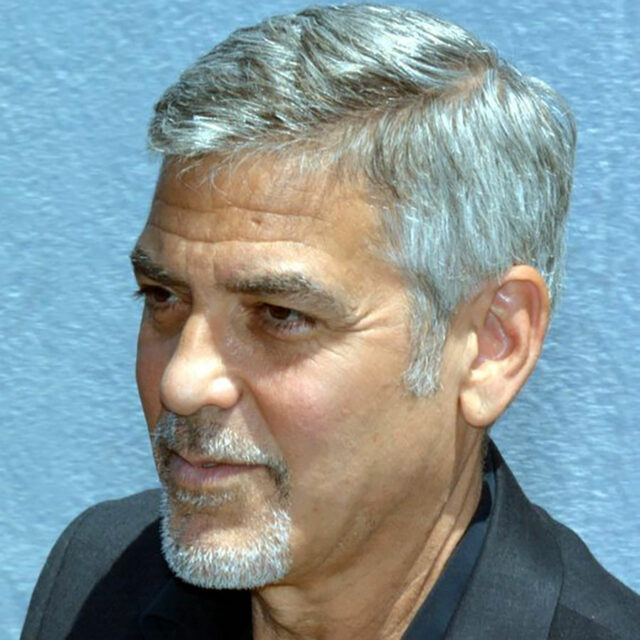


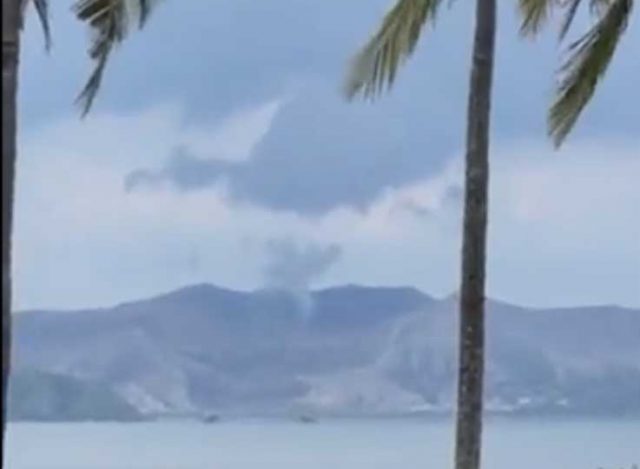


 Inside the sleek, minimalist design is an Intel Core Ultra 9 185H. A powerful processor used for both productivity and gaming.
Inside the sleek, minimalist design is an Intel Core Ultra 9 185H. A powerful processor used for both productivity and gaming.

 It is important to note however that these satin-like finishes are not scratch proof. it would be best for a user to actually buy protective covers for both the bottom and top shells.
It is important to note however that these satin-like finishes are not scratch proof. it would be best for a user to actually buy protective covers for both the bottom and top shells.


